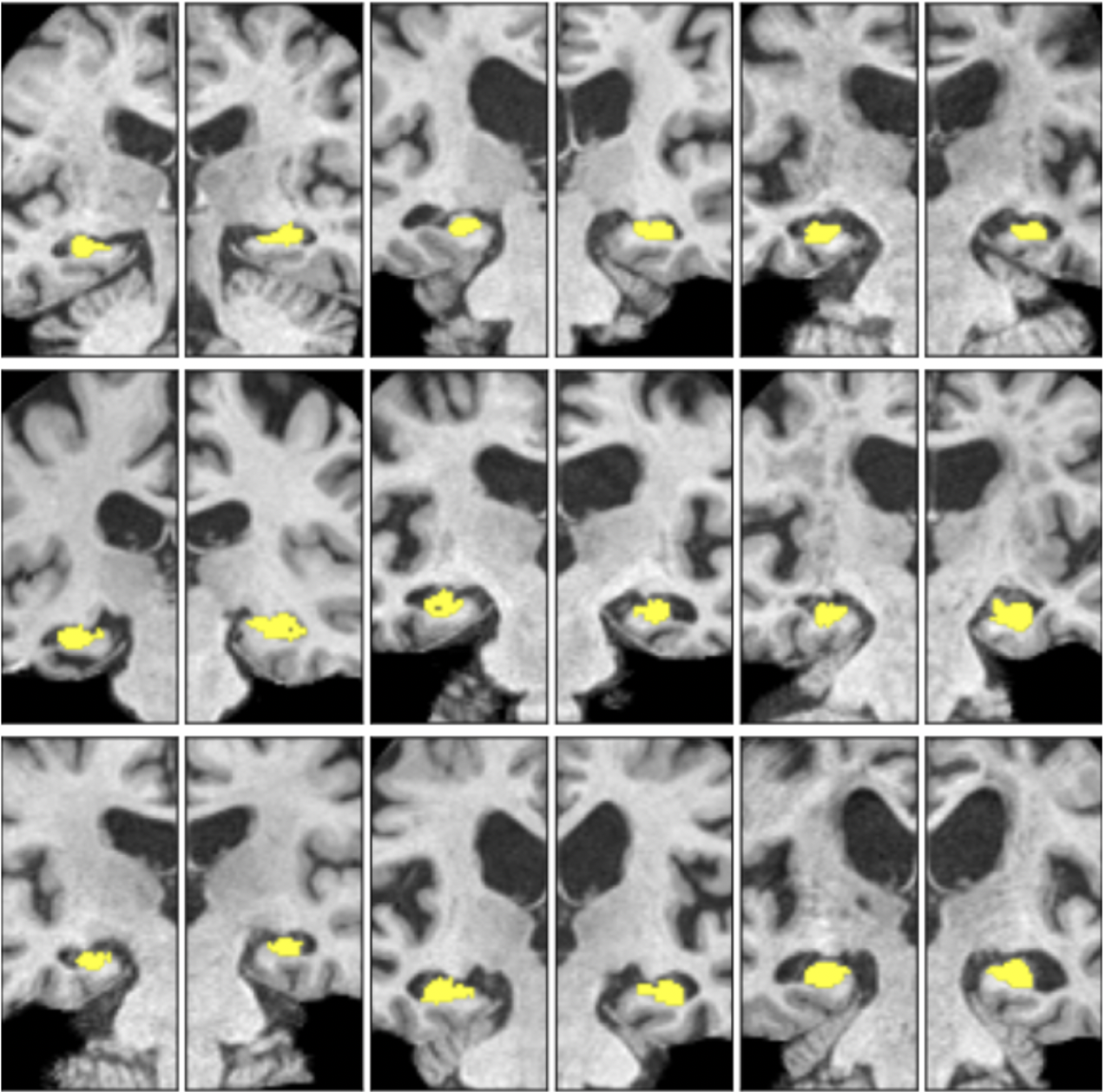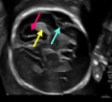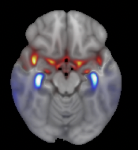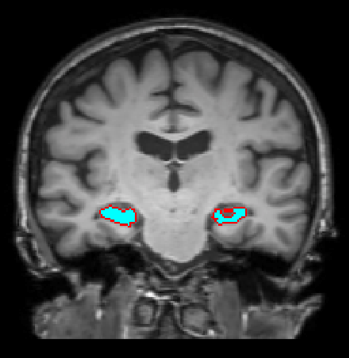|
Deep learning has shown great promise in the research domain, but significant barriers still exist which limit the clinical translatability of deep learning models. Home / Harmonisation / Segmentation / Translation / Privacy / Explainable AI |

|
|
|

|
Nicola K Dinsdale , Emma Bluemke, Vaanathi Sundaresan, Mark Jenkinson, Steve Smith, Ana IL Namburete Neuron , 2022 Paper / Code Review article, explores: data availability, interpretability, model bias and data privacy. |

|
Vaanathi Sundaresan, Nicola K Dinsdale Low Field Pediatric Brain Magnetic Resonance Image Segmentation and Quality Assurance Challenge, 2024 Paper / Code Winner of LISA Challenge 2024 @ MICCAI 2024 |

|
Madeleine K Wyburd, Nicola K Dinsdale, V. Kyriakopoulou, L. Venturini, A. Uus, J. Matthew, E. Skelton, L. Zöllei, J. Hajnal, Ana IL Namburete EP04.02: Fetal brain imaging in 3D: a direct comparison between same day MRI and ultrasound volumetric measures Paper Fetal brain structures appear radically different when imaged using ultrasound (US) and Magnetic Resonance Imaging (MRI). Using same-day US and MRI we investigated differences in volume measurements derived from each modality. |

|
Hoda Kalabizadeh, Ludovica Griffanti, Pak-Hei Yeung, Natalie Voets, Grace Gillis, Clare E Mackay, Ana IL Namburete, Nicola K Dinsdale*, Konstantinos Kamnitsas* Machine Learning in Clinical Neuroimaging, 2024 Paper We investigated the performance of segmentation models trained on research data that were style-transferred to resemble clinical scans. Our results highlighted the importance of intensity normalisation methods in MRI segmentation, and their relation to domain shift and style-transfer. |

|
Jayroop Ramesh, Nicola K Dinsdale, the INTERGROWTH-21st Consortium, Pak-Hei Yeung, Ana IL Namburete MICCAI 2024 (Early Accept, Top 11%) Paper / Code We propose an uncertainty-aware deep learning model for automated 3D plane localization in 2D fetal brain images. |

|
Esten H. Leonardsen, Karin Persson, Edvard Grødem, Nicola K Dinsdale , ... , Thomas Wolfers, Lars T. Westlye, Yunpeng Wang Medrxiv, 2023 Paper We trained convolutional neural nets to differentiate patients with dementia from healthy controls, and applied layerwise relevance propagation to procure individual-level explanations of the model predictions. Through extensive validations we demonstrate that patterns recognized by the model corroborate existing knowledge of neuropathology in dementia. |

|
Erica Balboni, Luca Nocetti, Chiara Carbone, Nicola K Dinsdale , Maurilio Genovese, Gabriele Guidi, Marcella Malagoli, Annalisa Chiari, Ana IL Namburete, Mark Jenkinson, Giovanna Zamboni, Human Brain Mapping 2022 Paper / Code Exploration of the use of my SWANS algorithm for clinical data, across disease groups - SWANS first presented at MICCAI 2019 |
The template of this webpage is from source code.